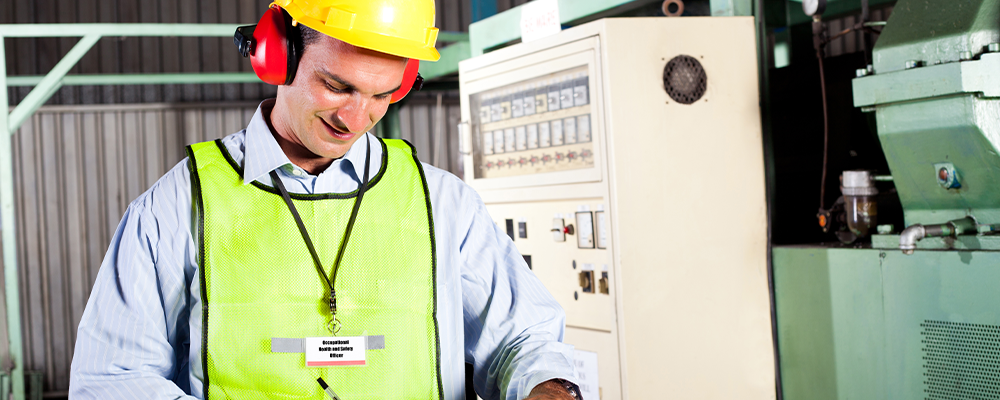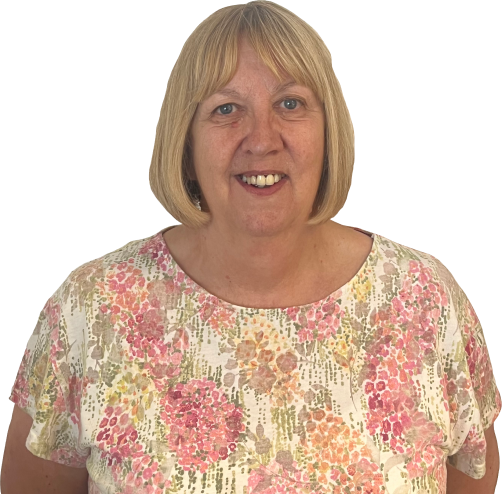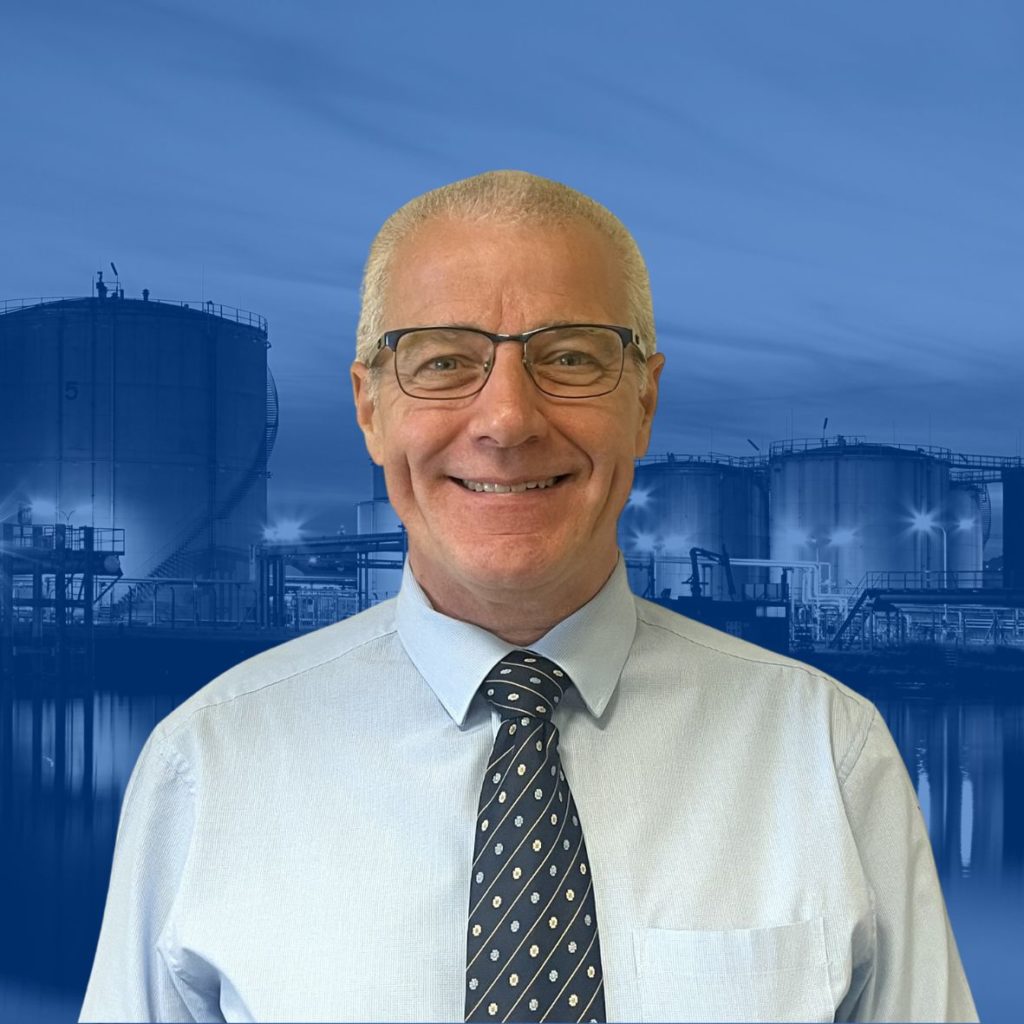
Major high hazard sites need to adopt an holistic approach to ensure vital safety information travels from operators on the ground to leaders in the boardroom, according to the chief executive of iosh.
Jan Chmiel, addressing delegates at The Process Safety Management Summit II on January 21st, said “good leadership” had the potential to transform safety management systems.
“Given the enormous responsibility on the shoulders of our hazardous industry leaders, we know their mindset must always be questioning, always be asking, what might be wrong with my process and how can I make it better.”
Such an approach required a “special type of stamina” coupled with “in-depth skill, knowledge and experience”, he explained, adding how it then took “someone to always question the status quo”.
Mr Chmiel called on major high hazard sites to “invest in building a culture of care” where all workers and contractors “believe that managers really value process safety and want to hear their concerns and ideas for improvement”.
He went on: “Good health and safety, encompassing both process safety and personal safety, is absolutely vital and to help monitor this we need effective leading and lagging indicators for each of these essential incident areas.
“With stakeholders increasingly demanding transparency on risk management right through organisations’ supply chains, such data can also help provide important public assurance.”
Leadership, he added, needed to be “visible and felt” so that process safety management is “firmly challenged when it’s poor and loudly championed when it’s good”.
Cultivating a health and safety culture
Mr Chmiel called for culture which promotes the free flow of information across all levels of a major high hazard site.
He explained: “Everyone in the organisation needs to understand how vital managing risk is to preventing disaster and boosting productivity. Good safety design, engineering and management must be recognised as an investment and not a cost.
“So leaders need specific training and mentoring and to develop good interpersonal skills and strong multidisciplinary approach.”
Mr Chmiel continued: “This will mean that site visits gather invaluable intelligence about what’s really happening on the ground and, importantly, it will help them use mindfulness – sometimes dubbed chronic unease – and ensure that managers in turn adopt this approach and feel able to feed any bad news up the chain using input from their front line operators.”
Processing good onsite health and safety, he said, required “everyone to look out” for personal and process safety, sharing information along the supply chain so that lessons from other organisations could also be learned.


